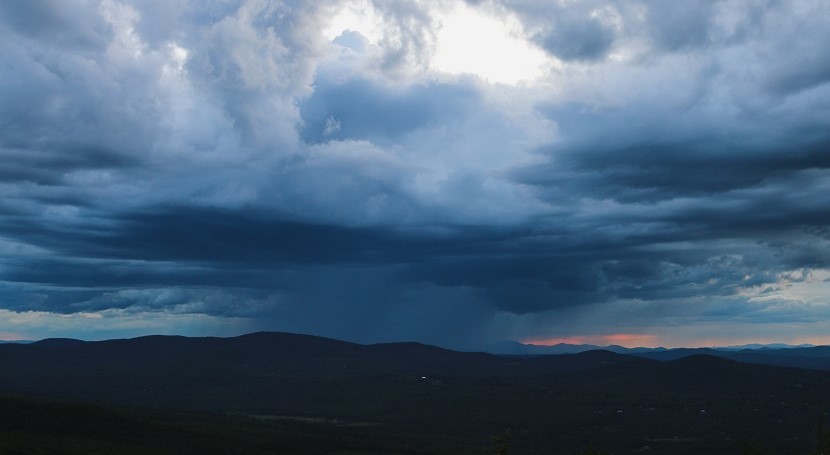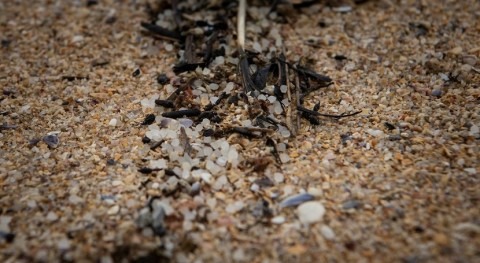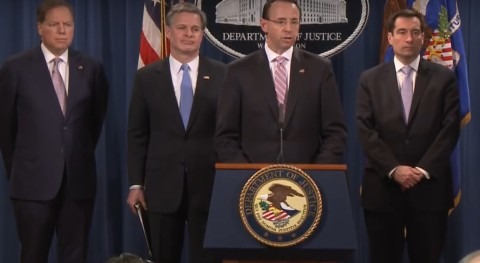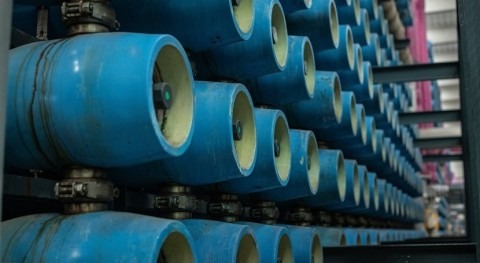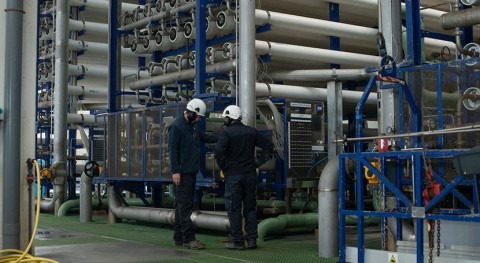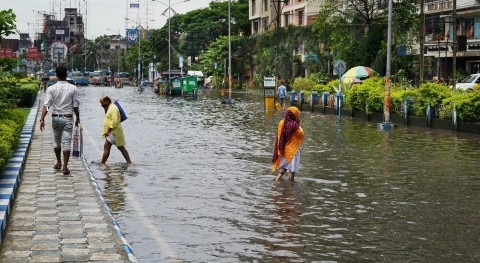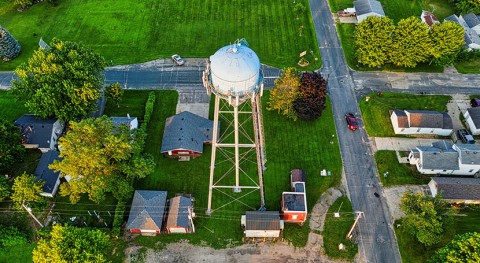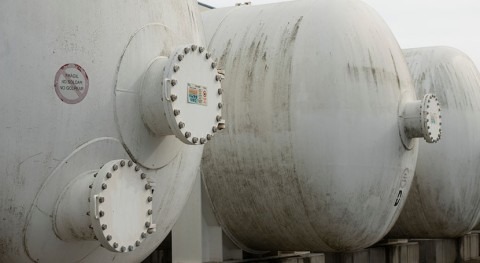As the western U.S. continues to experience an ongoing drought, weather modification interventions to prompt precipitation are appealing to more states, reports The Guardian.
The US Drought Monitor reports about 40% of the U.S. west of the continental divide is experiencing exceptional drought, down from 47% in the month of January. The intense drought will put pressure on the water supply for drinking and agricultural purposes, increase fire risks, and impact ecosystems.
At least eight states are now considering the use of cloud seeding as a way to modify the weather and bring about precipitation. Cloud seeding has been around for decades and is used in countries across the world. Interest in the technology is mounting as global temperatures rise and drought risks increase.
In the Colorado Basin, about $1.5 million are invested in cloud seeding programs every year, with costs shared by state agencies in Colorado, Utah and Wyoming, as well as Nevada, California, New Mexico and Arizona. Until recently, there were many unknowns as to how well the technology works. Statistical studies have shown it may produce around 5 to 15% more snowfall, at a cost far less expensive than water recycling or desalination. Julie Gondzar, from Wyoming’s water development office, considers cloud seeding “an inexpensive way to help add water to our basins, in small, incremental amounts over long periods of time.”
Recent research is providing new insight into how efficient cloud seeding can be. Katja Friedrich, from the University of Colorado, Boulder, helped lead the SNOWIE research project, publishing the findings in a ground-breaking paper last year in Proceedings of the National Academy of Sciences. “We can now finally put a number on how much water we can produce through cloud seeding”, Friedrich said. However, researchers caution that even though it is possible to generate snow, they have not shown it is possible to overcome a drought.
In fact, experts point out cloud seeding does not solve the root causes of drought and it’s unknown how it might work in a warming climate. It would fit under the umbrella of measures to increase the water supply, and as such, it can be part of a broader water resources plan that involves water demand management – including things like water efficiency and conservation – as well as water supply management.


